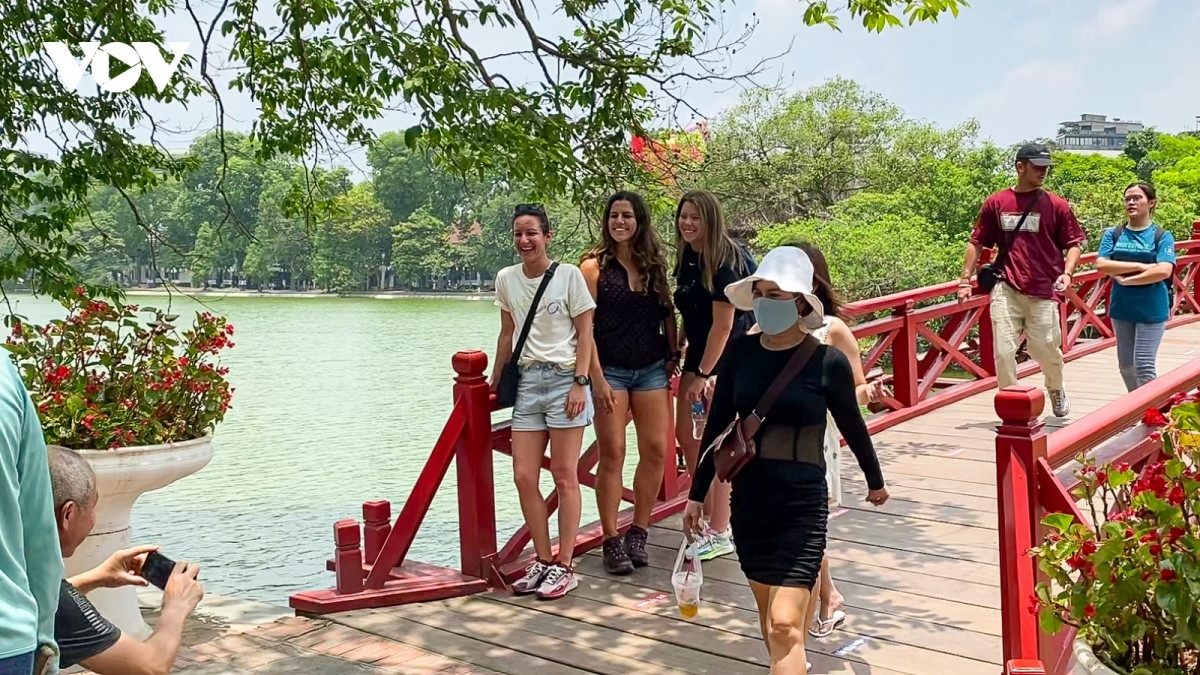

The nation’s two biggest cities, Hanoi and Ho Chi Minh City, are divided by 1100km of rice paddies, tropical jungles, historic townships, wartime relics, national parks, and sandy beaches, with most people plotting an itinerary that takes in both of these lively metropolises. How one chooses to traverse the lush and green Vietnamese countryside is up to the travelers themselves, reported writer Joe Bindloss.
If travelers are seeking to tick off both cities, along with the many sights in the centre of the country, there’s no better way than exploring via the train. The nation’s main railway line weaves along the coast between these two teeming cities, stopping almost everywhere that one would want to take a break from the journey, it wrote.
There are four main ticket classes on trains, including hard seat, soft seat, hard sleeper, and soft sleeper, in increasing order of cost and comfort. These classes are also split into air-conditioned and non-air-conditioned options, with a higher fare for AC seats and berths. Some trains also have Wi-Fi, although connection speeds can be slow.
The travel website also notes that bus travel in the country can be either convenient and comfortable, such as when traveling between major cities, or slow and cramped, when traveling in rural areas, but it’s rarely expensive.
Motorbikes offer freedom for adventurous travelers, Bindloss stressed.
Riding the length of Vietnam is a lifelong dream for many seasoned bikers, with a busy industry often supplying motorcycles to travelers attempting the journey between Hanoi and Ho Chi Minh City.
The ride is certainly rewarding, but with local driving conditions, it’s not for the inexperienced, and some of the bikes available for rent or purchase are in poor condition. This means those attempting the feat should thoroughly check over the machines advertised in hostels and hotels before agreeing to buy them, the author noted.
Self-drive rental cars are almost impossible to find in Vietnam, which is a blessing considering the local traffic conditions. However, it’s easy to rent a vehicle with a driver who can also double as an informal tour guide and take travelers to places they would otherwise miss, Lonely Planet said.
Cycling can be a delightful great way to get around when in Vietnam, so long as travelers stick to quiet rural roads and avoid any crowded highways.
Moreover, domestic flights are a good way to save time while traveling across the country.
Travel guide Lonely Planet also suggests going by boat to reach the islands or explore the mighty Mekong. In addition, buses provide inexpensive local transport in towns and cities, while cyclo and xe ôm tend to be the fastest way to navigate city traffic.
Source: VOV